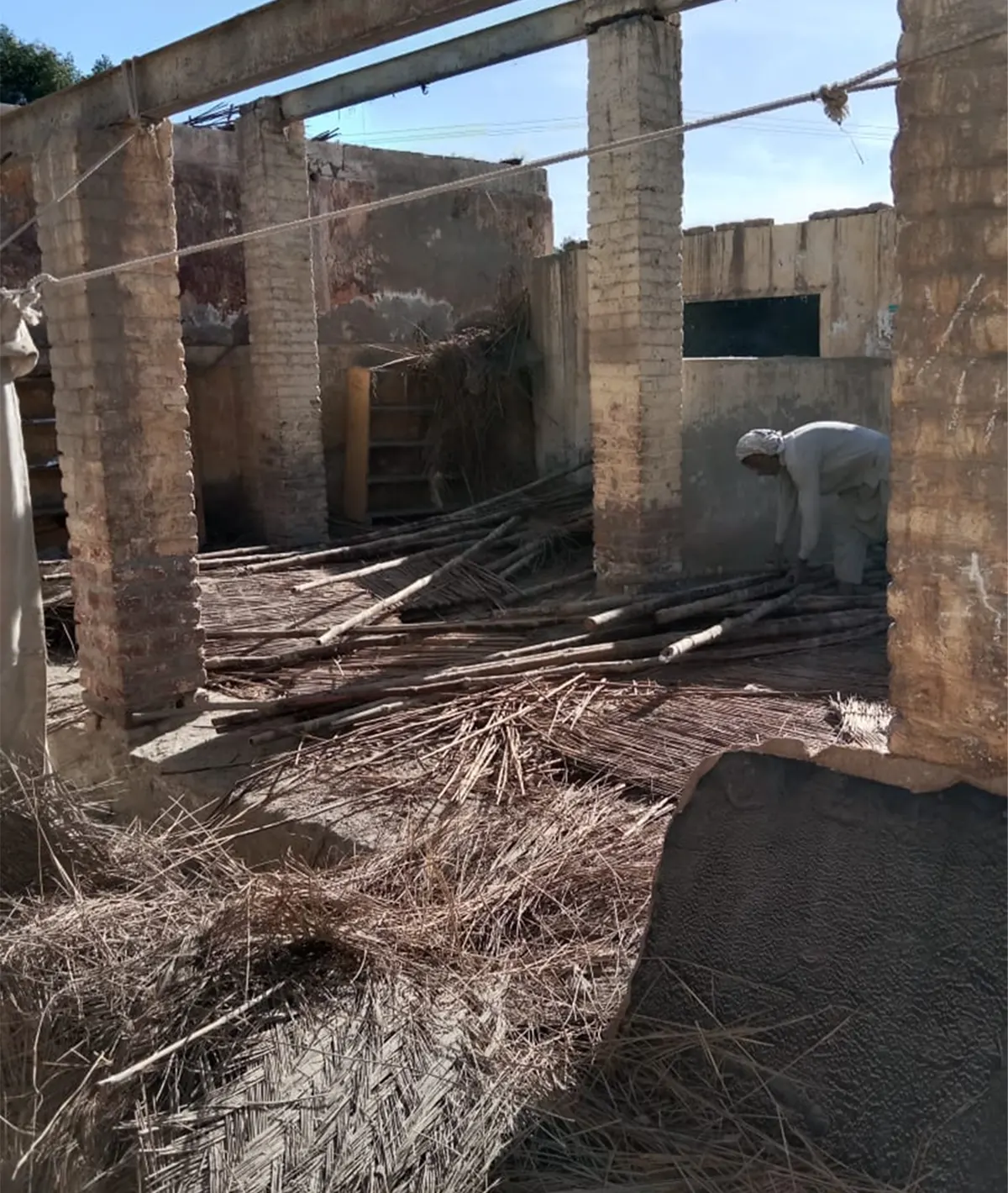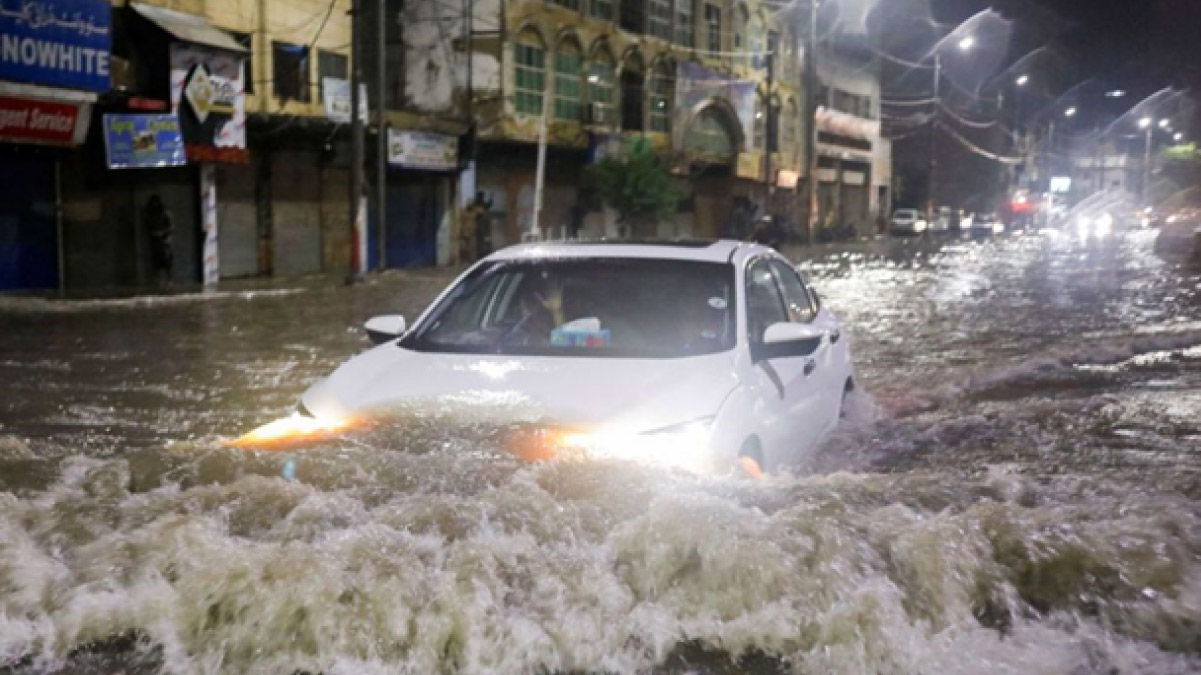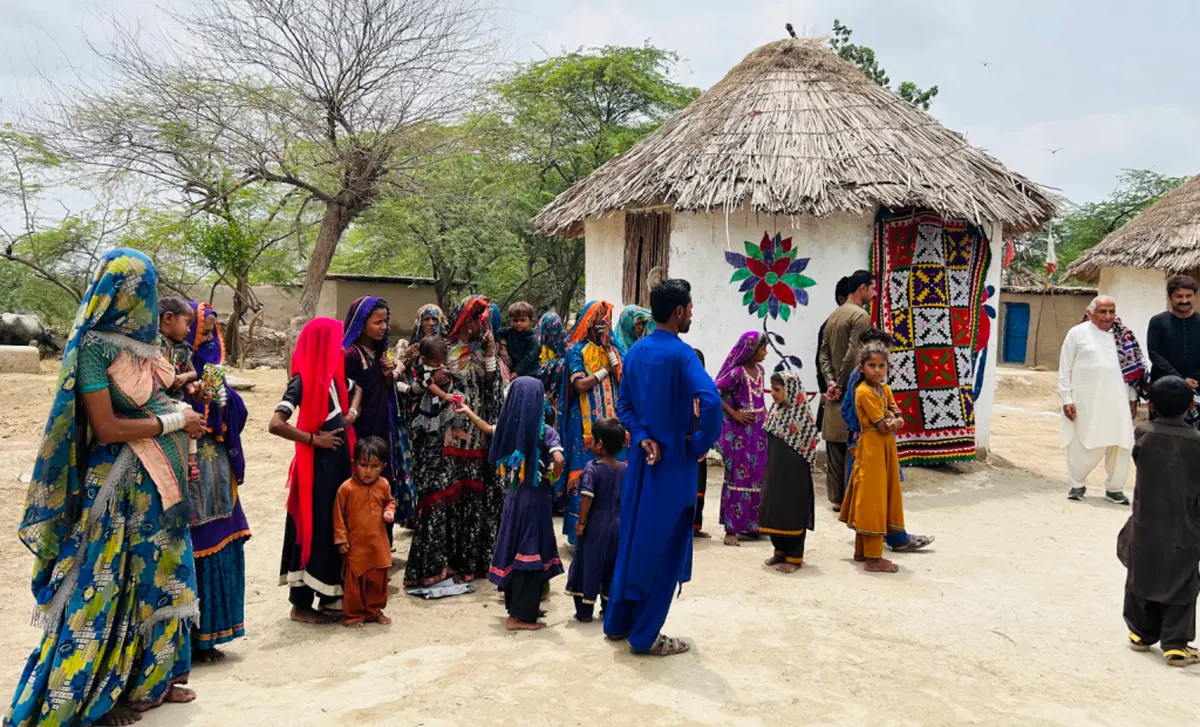Khairpur
Khairpur is a city in rural interior Sindh, and its proximity with the Indus meant that it was especially hard-hit by the 2022 Pakistan Floods. Infrastructure was completely inundated and inaccessible for months. Developments in Literacy (DIL) managed schools in the region that bring life-changing education to many impoverished children in Khairpur were completely destroyed. DIL was working to rebuild three schools in Khairpur, with two mostly completed, and one not in progress yet.
I previously volunteered with DIL in the past and know how important their work is, improving socioeconomic conditions for many poor Pakistani children, and really wanted to help sustainably reconstruct these schools in a manner that they won’t be threatened by floods in the future. So I met with many of the architects and members of the NOWA and IRC international aid organizations coordinating the rebuilding to present suggestions I had in the rebuilding process.
I was amazed to see how dedicated and enthusiastic the whole team was in their work. Really hoping to improve the circumstances in Khairpur and making flood-resistant schools for the children. Brimming with ideas to discuss and share.
Adding aquifer wells around the schools to absorb water, rather than letting it pool on the surface. The water then descends below the surface to replenish underground aquifers that are badly depleted by the droughts and impermeable surfaces such as concrete which block water from being absorbed by the ground and going to aquifers. Aquifers provide much of the drinking water for the people so they need to be taken care of.
I also intended on suggesting some sustainable design ideas for the last school which hadn’t been started yet. Bamboo floating structures tethered to the ground was an idea I suggested, even though not feasible, to highlight a novel new approach to structures in areas facing frequent flooding. Another design element that could show the children what it means to live sustainably. I also stressed that raised structures would be necessary to allow buildings not to be damaged by rapid onrushing water, an approach which the designers had already used in the first two schools.
The local architects were interested in the aquifer wells, but skeptical that them alone would specifically address issues facing the schools and Khairpur. They explained that water being absorbed in the ground wasn’t going down far enough, pushing salt to the topsoil, making soil salinity too high for proper agricultural production, shallow aquifer wells would only exacerbate the issue. They were also unsure about the strength and durability of sustainable materials as an alternative to concrete in raised structures, and the waterproofing of walls and roofs using them.
These hard-working people were desperate for assistance in their work and in using sustainable materials. So I reached out again to Yasmeen Lari’s Heritage Foundation of Pakistan who have done a lot of sustainable building in the region on the issues of salinity and water proofing, and they were glad to help another organization in the region.
Projects
Hello I’m Ammad Zuberi, I’m sure you’ve heard of the devastating
On my trip to Pakistan this summer, I had the amazing opportunity to go and survey the sustainable village project that I had raised funds for in 2022 after deadly floods dislocated 33 million people in Pakistan.
On my trip to Pakistan this summer, I had the amazing opportunity to go and survey the sustainable village project that I had raised funds for in 2022 after deadly floods dislocated 33 million people in Pakistan.



